Ramadan Traditions in Different Countries
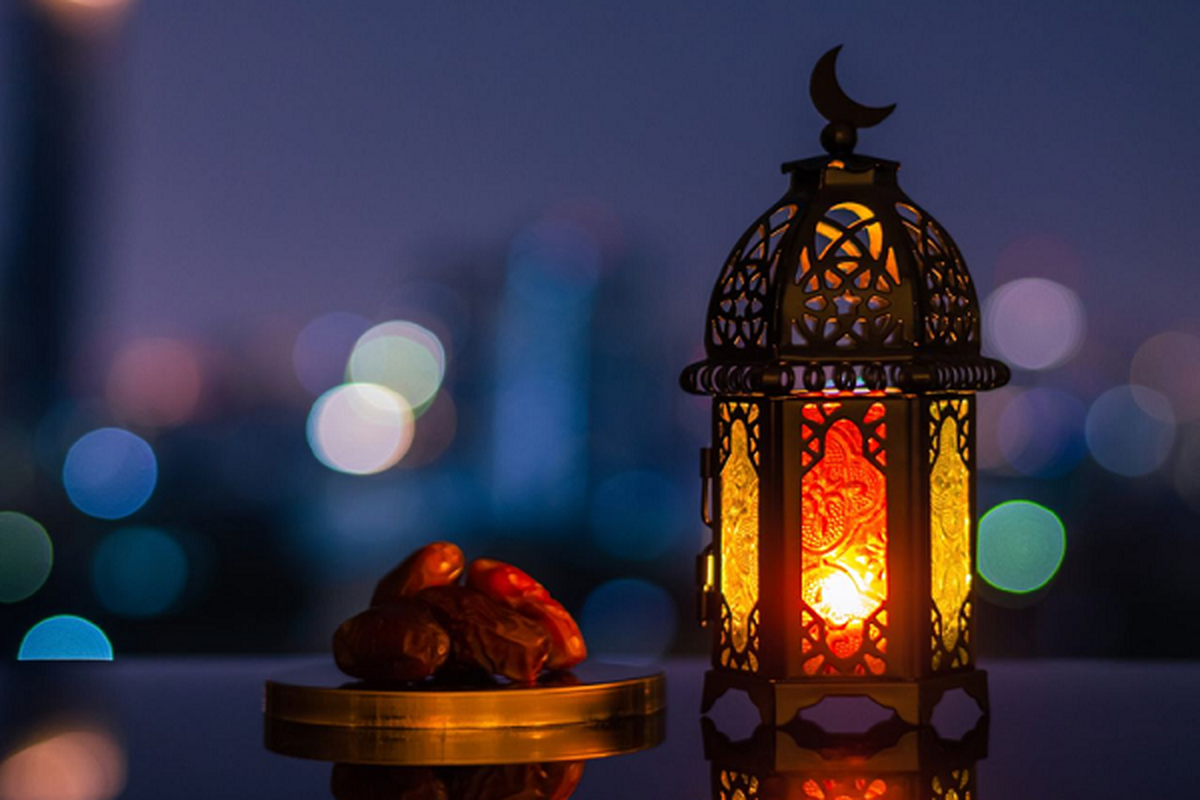
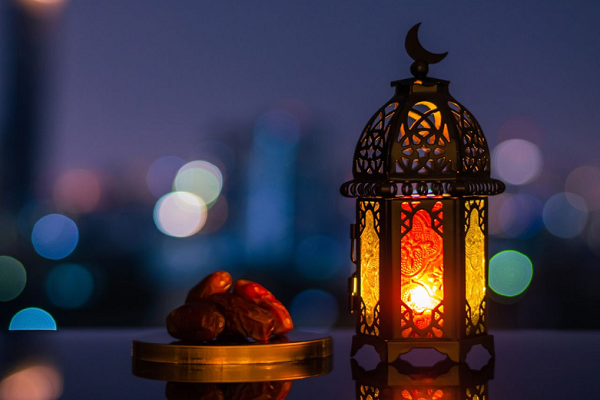
When Ramadan begins next month, more than 1.5 billion Muslims worldwide will together observe a month of fasting, reflection and community. While many customs during the holy month are shared around the world, such as the use of lanterns for decorations and the firing of cannons, some are specific to certain cultures and regions.
From Iraq to Indonesia, here's a round-up of some of the most unique practices observed.
Haq Al Laila
Popular in the Persian Gulf region, especially in the UAE, this is a children's celebration that is observed 15 days before Ramadan. On Haq Al Laila, which means "for this night", children wear traditional clothes and carry colorful woven colored bags, then go door-to-door singing in return for nuts and sweets. Celebrations usually begin after Maghreb prayers when the most eager children will often shout the songs rather than sing them, hoping it will lead to a greater bounty.
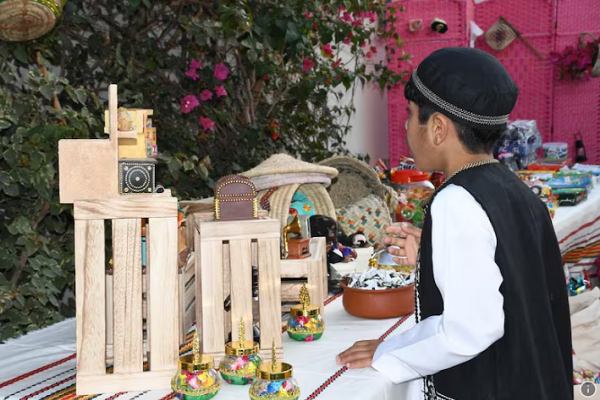
Some trace the tradition’s origins to one of the first Ramadans in Islam when Fatima al-Zahra (SA), the daughter of Prophet Mohammad (PBUH), distributed sweets to the people two weeks into the holy month.
Gargee'an and Qaranqasho
Similar to Haq Al Laila but celebrated instead on the 15th day of Ramadan, Gargee’an is popular in Iraq, Kuwait, Qatar, Bahrain and some parts of Saudi Arabia. In Bahrain, for example, there are often carnival-like celebrations with programs also including late-night sermons. In some parts of Saudi Arabia, the day is also called Nasfa, which translates to "middle" in Arabic, because it falls in the middle of Ramadan.
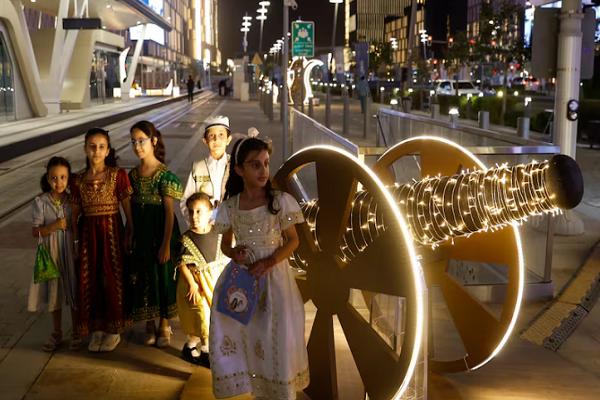
In Qatar, the day is popularly known as Garangao, while in Oman it is called Qaranqasho.
Nyekar
Every year before Ramadan begins, hundreds of Indonesians flock to graveyards where their ancestors and relatives are laid to rest and pay homage. They sprinkle the graves with rose petals and pray for their departed loved ones. The ritual, called nyekar, is meant to strengthen family bonds as Muslims prepare for one of the holiest times of the year.
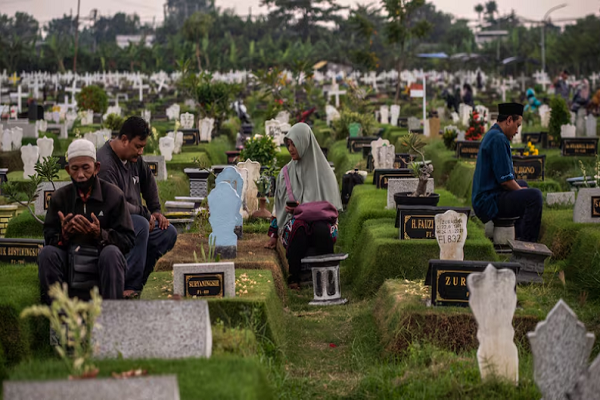
Nyekar usually takes place a week before Ramadan begins.
Read More:
Padusan
Meaning "to bathe" in the Javanese dialect, Padusan is another Indonesian tradition where Muslims head to natural springs and lakes to "cleanse" themselves physically and spiritually before the start of Ramadan. The communal ritual is meant to encourage self-introspection ahead of a month of fasting.
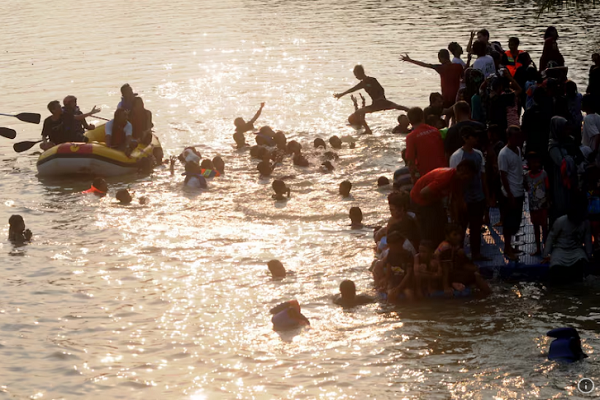
The custom is known to have been performed since ancient times in Java and has since been assimilated into Islamic traditions.
Mheibes
Popular in Iraq, mheibes is an age-old game believed to have been played since the Abbasid Caliphate more than a thousand years ago. Now traditionally played during Ramadan after iftar, it usually involves two teams. The game begins with one team hiding a ring in the hands of one of its members. The opposing team then nominates a player who is tasked with figuring out who holds the ring by reading body language and facial expressions. He then gets only one guess to find out who is holding the ring.

Typically played in neighborhoods, there are also national tournaments with specific rules governing how the game is played, including the duration of each round and the points required to win.
While it's mostly played by men in public, women also take part in mheibes when it's played in private. Traditional folk songs are also sung during the game, fostering a sense of community.
Source: thenationalnews.com



